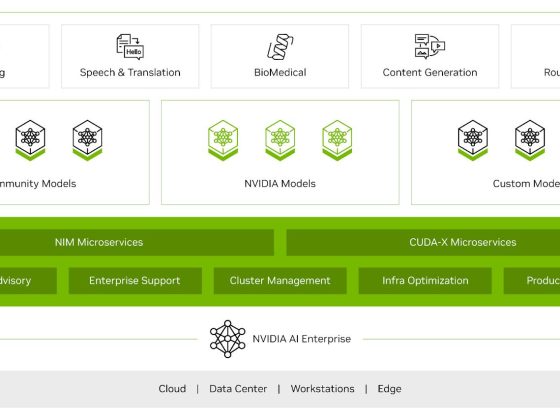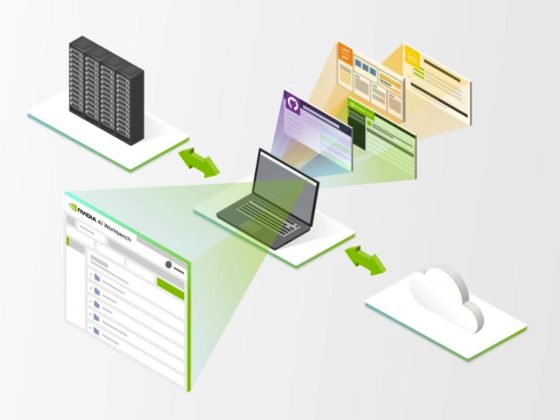The higher the cloud bills, the more questions get asked. Here’s how to evaluate if you should divorce your cloud provider.
The growth and success of cloud computing are undeniable. Also undeniable are concerns about increasing prices that have surfaced with this growth, especially as generative AI and associated development are on everyone’s to-do list.
From our partners:
Price hikes are inevitable. Those that can produce, operate, and maintain cloud services also have their own increasing bills for talent, power, and regulatory issues that make running a public cloud service challenging.
Should we “lock in?”
Switching cloud service providers is not easy for enterprises that spent much money and time leveraging services native to specific public clouds. Moving to another cloud provider is out of the budget for most enterprises. It just costs too much to switch.
Lock-in was always a known risk, and the more we optimize our applications and data sets for a specific cloud provider, the more we’re stuck with that provider. It’s a catch-22. If we choose not to use native cloud features, we give up the ability to get the most from the public cloud platforms.
As a result, customers are effectively locked into their cloud service provider. The lack of mobility leaves customers at the mercy of price increases. Lock-in is functionally unavoidable. Much like our relationship with the power company, when prices go up, we must pay higher prices. But is there a happy medium?
Everyone feels the pinch
Although cloud services offer immediate benefits, the software providers determine the long-term costs that enterprises must manage. This lack of control can be especially detrimental for small businesses and individual consumers who cannot adapt as quickly to significant price hikes. I’m hearing from many small businesses looking to move off public cloud providers due to this risk exposure.
Most need better options. Cloud services are vital for their operations; they feel they must find the money when the price rises. We may even see this with businesses that consume cloud services indirectly, such as retail, streaming services, and personal cloud storage systems. Those higher cloud costs are passed along to indirect cloud consumers as well.
Managing the risk
Of course, there are ways to protect yourself from price hikes. Here are a few suggestions:
Keep a close eye on pricing trends, including announcements from cloud service providers. Monitoring news updates, price changes, and contractual terms will help you stay informed and make proactive decisions regarding cloud services. Nothing should be a surprise.
Consider negotiating long-term contracts, which secure a fixed pricing arrangement for an extended period. Cloud providers usually are agreeable since they love guarantees of future revenue. Organizations can insulate themselves from short-term price increases and enjoy cost stability over a defined time frame.
Periodically assess cloud usage requirements to identify opportunities for optimization. This is the core purpose of finops, which all enterprises should implement. By understanding utilization patterns, businesses can adjust their resource allocation, select appropriate pricing models, and reduce costs. This works even in the face of price hikes.
Review the risk and cost of vendor lock-in and diversify cloud providers. Organizations can compare prices and negotiate contracts by leveraging multiple providers to provide competitive rates—hopefully. You also need an exit plan in the back of your mind if you’re forced to find cheaper cloud computing digs at some point.
Consider private cloud solutions. These are better than they were in the past, providing an alternative to solely relying on public cloud services. In many instances, companies find that public clouds are not needed. This strategy also includes traditional data center hardware, which has become much more cost-effective lately.
Remember that prices will go up and sometimes down. This is a commodity market and waves of changes are likely to occur. You don’t need to be afraid of price hikes and the impact of lock-in. However, you do need to manage this as an ongoing risk, which is what it is.
By: David Linthicum
Originally published at: InfoWorld
Source: cyberpogo.com
For enquiries, product placements, sponsorships, and collaborations, connect with us at [email protected]. We'd love to hear from you!
Our humans need coffee too! Your support is highly appreciated, thank you!







